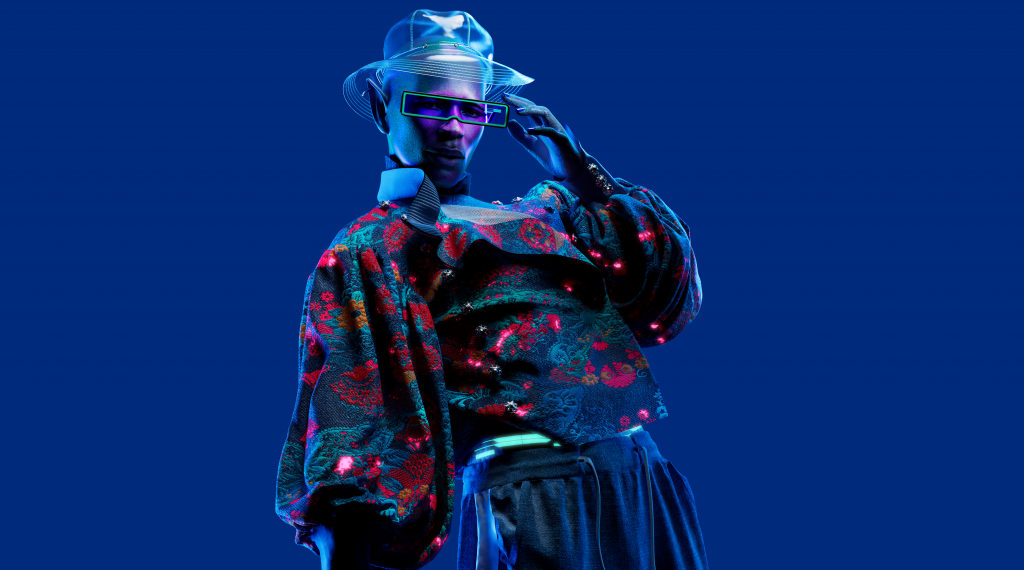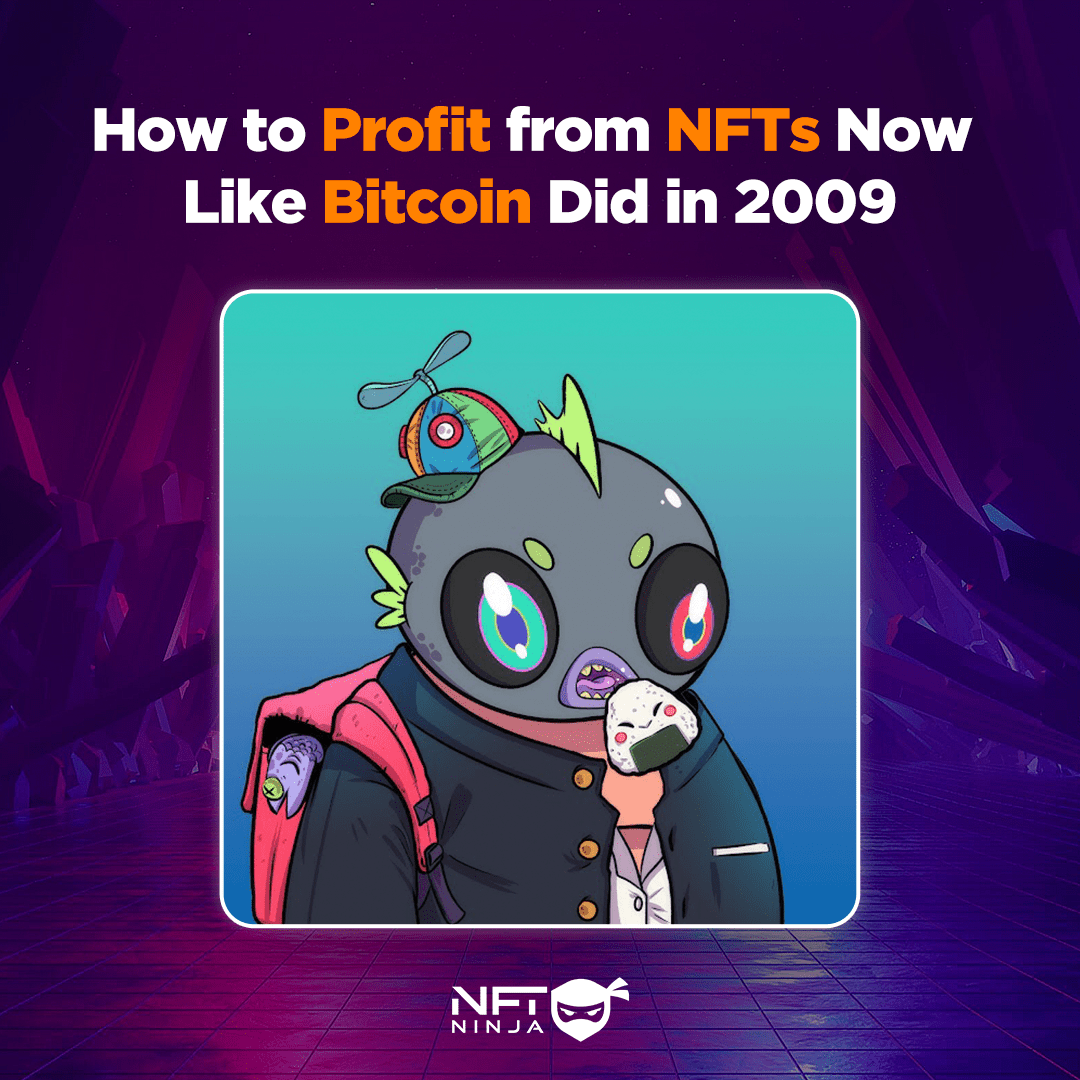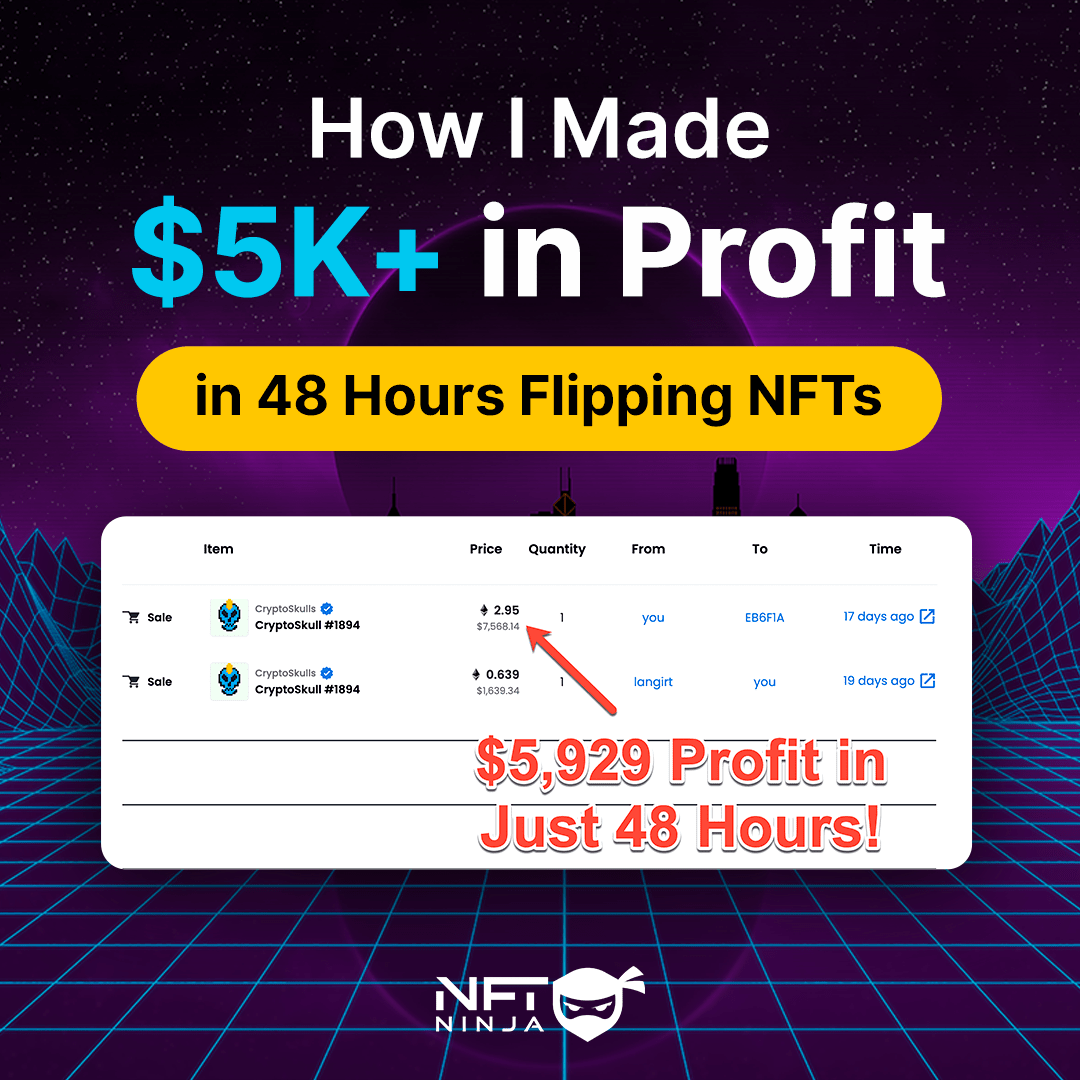When digital fashion house, The Fabricant launched in 2018, the concept of “digital fashion” was pretty much non-existent. In fact, it is the first digital-only fashion house in the world. The next year, the fashion house auctioned a blockchain-based dress for $9,500—something unheard of at the time. Created in collaboration with artist Johanna Jaskowska, the glimmering, hyper-realistic garment set the balls rolling for digital couture.
Cut to today, the metaverse is buzzing and majors fashion brands are stepping into the digital world left, right, and centre. Moreover, several digital garments have been sold for hundreds of thousands of dollars. Virtual world Decentraland is even hosting a first-of-its-kind Metaverse Fashion Week this month. So, how did The Fabricant redefine the future of fashion back in 2018?
In effect, it all started in 2016. Kerry Murphy, one of The Fabricant’s founders, comes from a background in film and visual effects, said Michaela Larosse, the firm’s Creative Strategy and Communications head. In 2016, as an entrepreneur running his own film company and working with a slew of brands, Murphy realised it was essential for “fashion to digitise”. At the time, after all, all of the creative industries—film, photography, television, and music—had established strong “digital cultures”.
“He recognised that fashion can’t just continue being this incredibly traditional industry,” Larosse told NFTevening. “Armed with that knowledge, he set about trying to work out a business model.”
Murphy was already aware of the necessary software that could make digital garments, she added. But, the challenge was to find a business model—how could he build an industry around digital garments?
From an idea to founding The Fabricant
Murphy spent the next two years in research and development. It was during this time that his paths crossed with Amber Slooten, who was studying at the Amsterdam Fashion Institute. A gamer, Stoolen, at the time, was experimenting with software to create garments digitally.
“[Slooten] is a classically trained designer, but is very strongly of the mindset that she didn’t want to participate in an industry with so many questionable behaviours in terms of sustainability and ethics,” Larosse said. “Actually, while she was studying, she pushed for her final year collection to be digital-only. She was the first person ever to do that.”
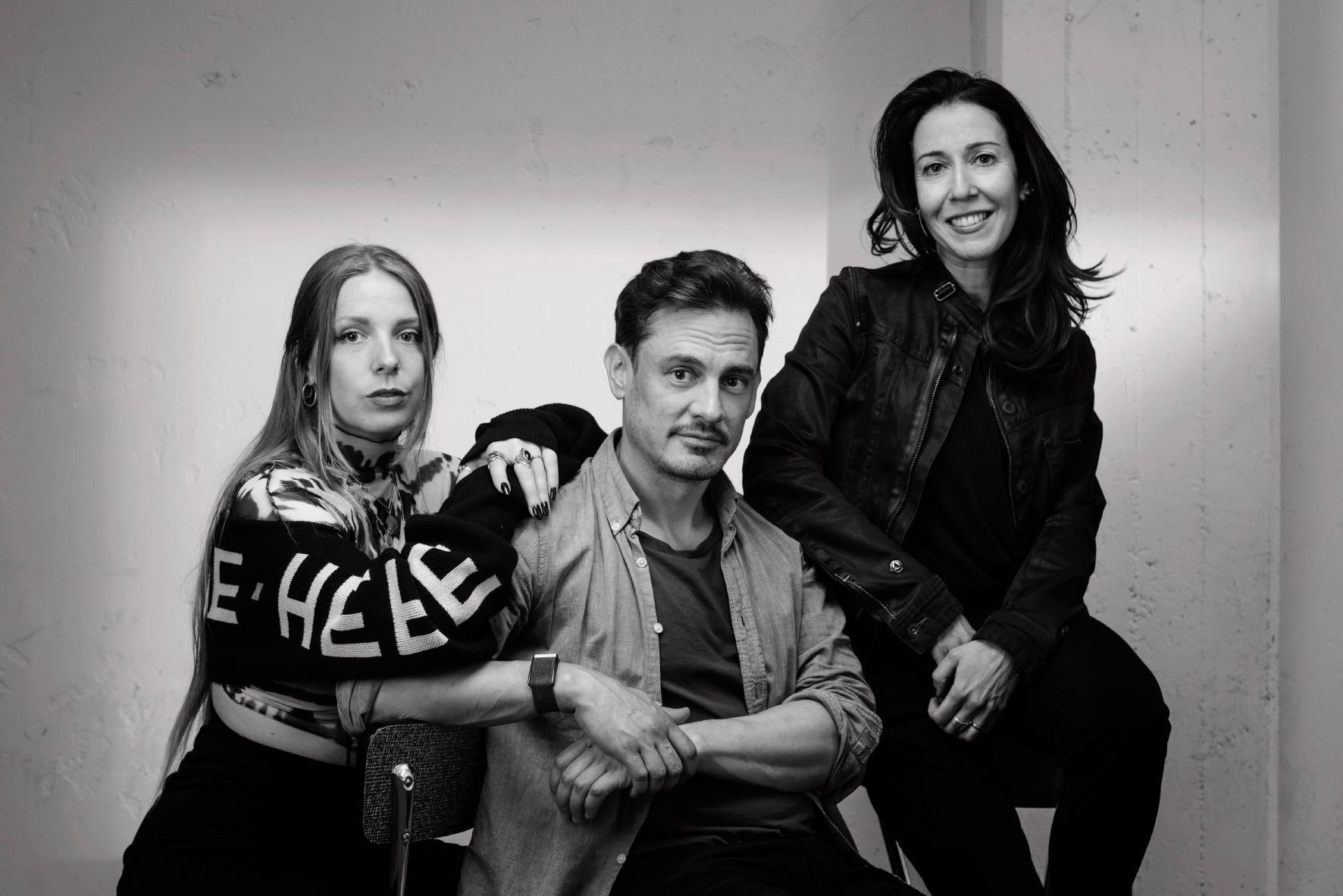
To explain, studies have shown that the fashion industry is responsible for 8-10% of humanity’s carbon emissions. In addition, every year, 85% of garments end up in landfills. The industry also contributes to water scarcity as it uses around 93 billion cubic metres of water annually.
Amid this, many consider digital fashion a better, sustainable alternative. A report by The Fabricant suggests that when digital samples replace physical garments in the design and development phases, it can reduce the brand’s carbon footprint by up to 30%.
However, the fashion school was not too keen on Slooten’s ideas, Larosse added. “She really had to fight for that as a concept because it was very much outside the boundaries of their thinking.”
For Murphy, who was on the lookout for a fashion designer with the technical know-how, Slooten was the perfect choice to build The Fabricant together. Both Murphy and Slooten, who are based in Amsterdam and shared the same values, eventually founded The Fabricant in 2018.
The Fabricant: ‘Curating your virtual identity’
Needless to say, digital garments are all about dressing your digital self, or rather, your digital avatars. But, Larosse argues that The Fabricant’s garments are iterated to help people “curate” their virtual identity.
“In the [digital world], you can curate yourself through fashion and begin to iterate parts of yourself digitally, without the boundaries and the social constraints of the physical world. For example, exploring different parts of our gender expression or looking at the kind of garments that we wear,” she explained. “This idea of identity exploration, self-expression, and how you can actually have multiple selves in the digital environment…is the constant theme that informs what we do.”
Digital fashion: Behind the scenes
When it comes to digital fashion, the creative process behind each piece is more similar to physical garments than people think. For instance, during the conceptual phase, the “digital atelier” works pretty much like its physical counterpart.
“We conceptualize, the team will create mood boards, begin sketches of silhouettes and garments, introducing themes and ideas…[We] think about fabric, drape, fit, colour—all of those things that, I guess, are part of the normal fashion creation process,” Larosse explained.
But, of course, unlike the physical fashion industry, in digital fashion, none of this happens physically. The team iterates everything on “high-resolution screens” and doesn’t create anything physically. Naturally, the process after the conception stage is much different from the traditional fashion sector. A team of digital fashion designers, 3D environment creators, lighting specialists, and more create “highly finished” garments that feel “realistic”.
“We don’t engage factories, we don’t create 3D samples, we don’t ship things across the planet,” Larosse added. “The entire process is essentially contained on your hard drive, which, I imagine, is a very dramatically different way of doing things for the rest of the fashion world.”
For Larosse, storytelling is also an important part of the process. “I frequently work with the fashion team to build our narratives from their conceptual themes, and draw out the stories from them that will allow us to communicate our collections…bringing in an emotional component.”
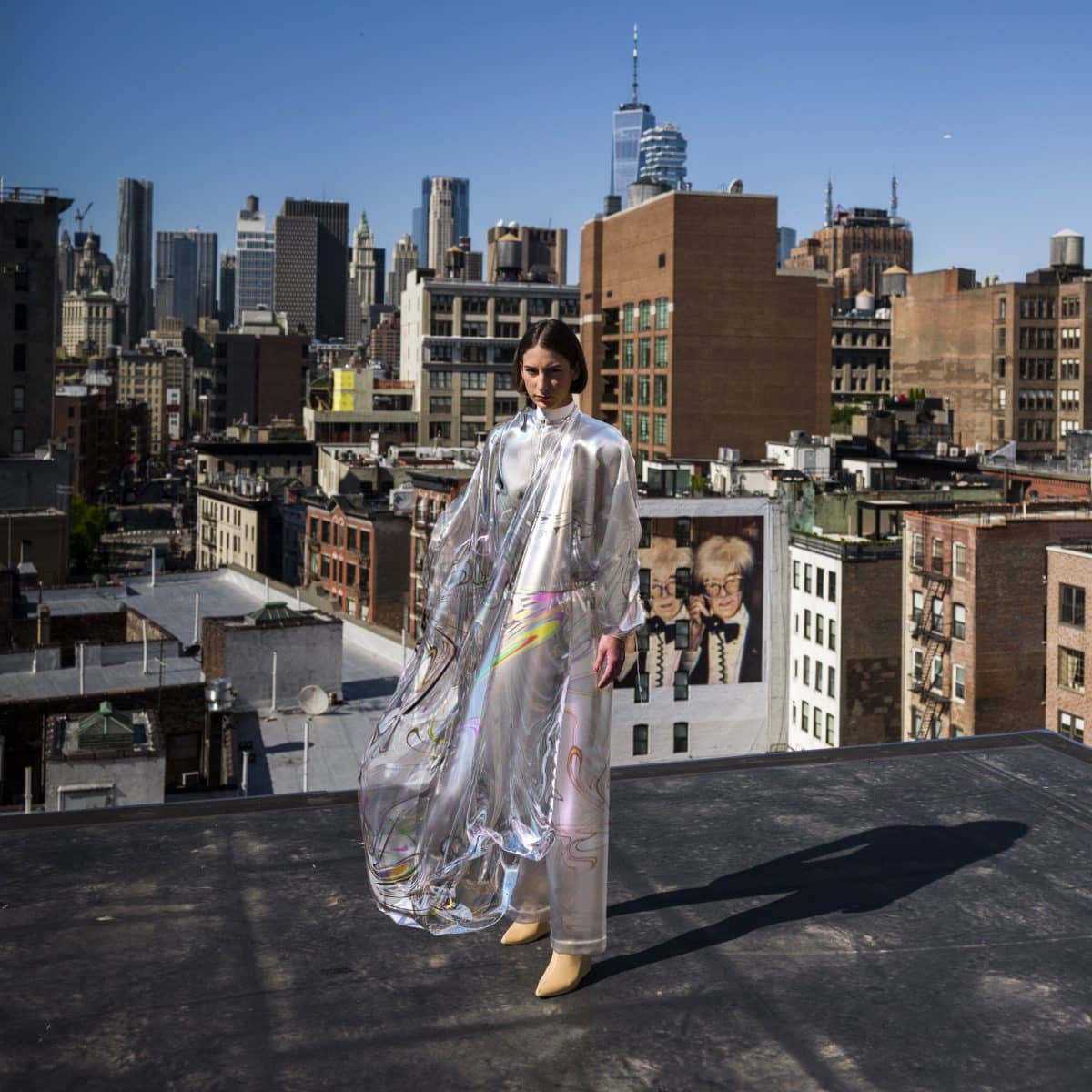
The Fabricant’s idea of ‘thought couture’
The Fabricant’s digital attires are famous for their high levels of intricate detailing. The results are stunning and often hyper-realistic. Nonetheless, how do you convince people to buy garments that they cannot touch, feel, or wear? The Fabricant’s solution came as what they call ‘thought couture’.
People often asked The Fabricant team: ‘What do you mean it’s fashion that doesn’t exist? …That’s not possible’. For the brand, their work is all about being inclusive and meaningful to people. So it was extremely important that their customers could resonate with their work.
“You have to draw on something that has meaning to people already in their real life,” Larosse added. So the team played around with the popular fashion term, haute couture (the world of high fashion and exclusive custom-made garments). They drew a parallel between digital garments and thoughts—while thoughts don’t take a physical form, they are still very much real. They called this thought couture.
“So, it’s perfectly possible to have something that’s real without taking physical form because that’s what a thought is,” she further explained. “Thought couture was a way of describing our work that communicated the idea of a non-physical garment. It really resonated with people because, when you put it in those terms, it allows access to what we’re talking about.”
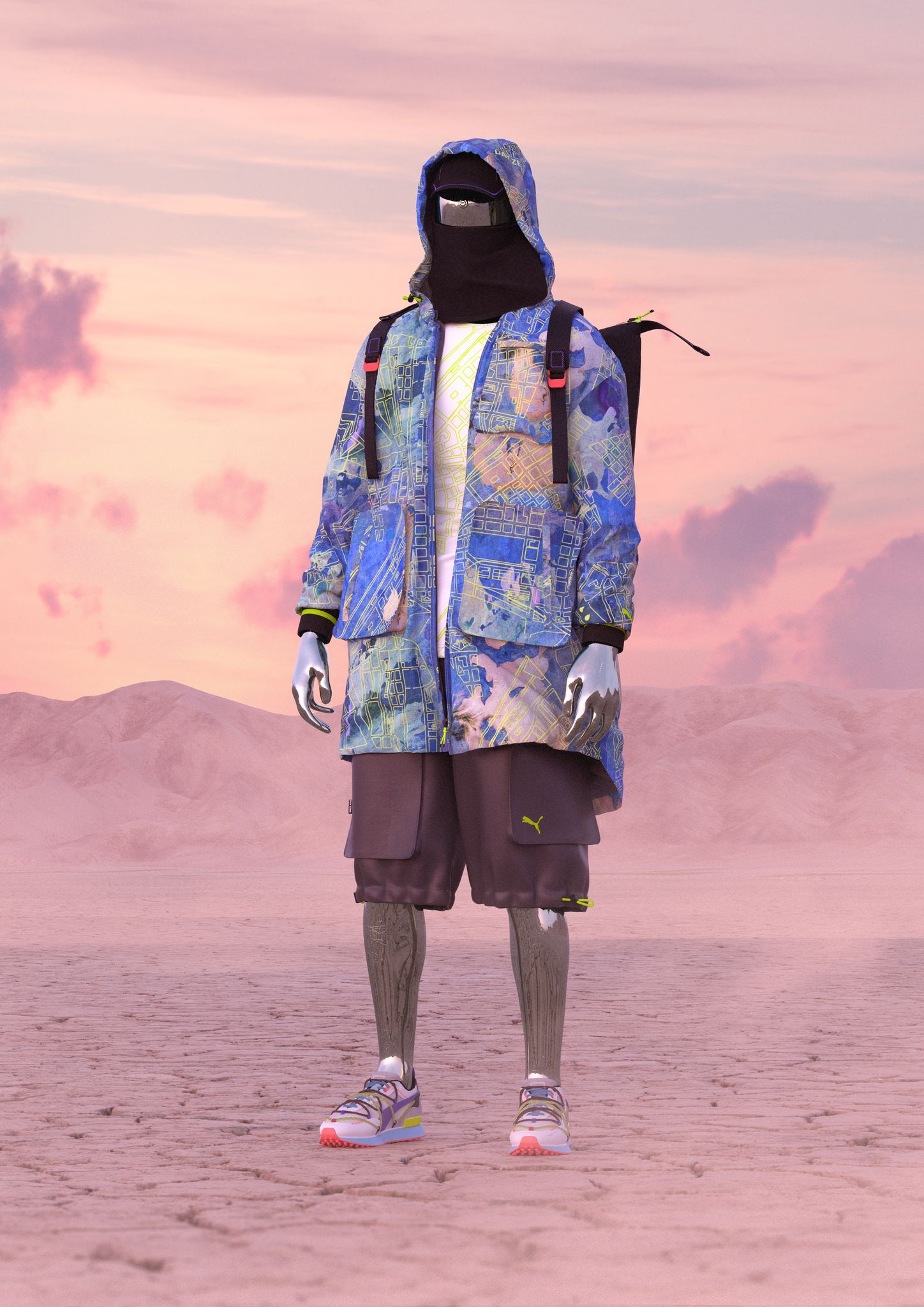
Why should brands move to digital fashion?
“Fashion, as we know it, was created hundreds of years ago for societies that no longer exist,” Larosse said. “Yet, that’s dictating how we interact with fashion. It’s dictating the kind of clothing that we’re supposed to wear and the way that we think about what clothing is. We now have the technology that allows us to completely rethink our relationship with garments. This is the future.”
She further urged fashion brands and designers to explore the meaning of fashion—what did garments mean to them? What can garments mean to them in the non-physical space? As Larosse explained, the reality facing fashion brands today is that their customers, especially the younger generation, give equal importance to their digital life as well as their physical.
“The reality for brands is that this is the future of fashion and this is where the future of the brand lies,” she added. “Our planetary needs mean that we have to rethink about the current behaviours of fashion—what do we need to do to continue to exist within our planetary boundaries? Digital fashion allows us to think about these very big meaningful concepts, but with solutions, whilst also not taking away the joy and creativity of fashion.”
As a matter of fact, several major fashion brands are already exploring the world of digital fashion through NFTs and the metaverse. To name a few—Gucci, Dolce & Gabbana, Tommy Hilfiger, Gap, and Ralph Lauren, are all in the game.
Even as The Fabricant envisions a sustainable future for fashion, here’s the obvious question—what about the environmental impact of blockchains and NFTs?
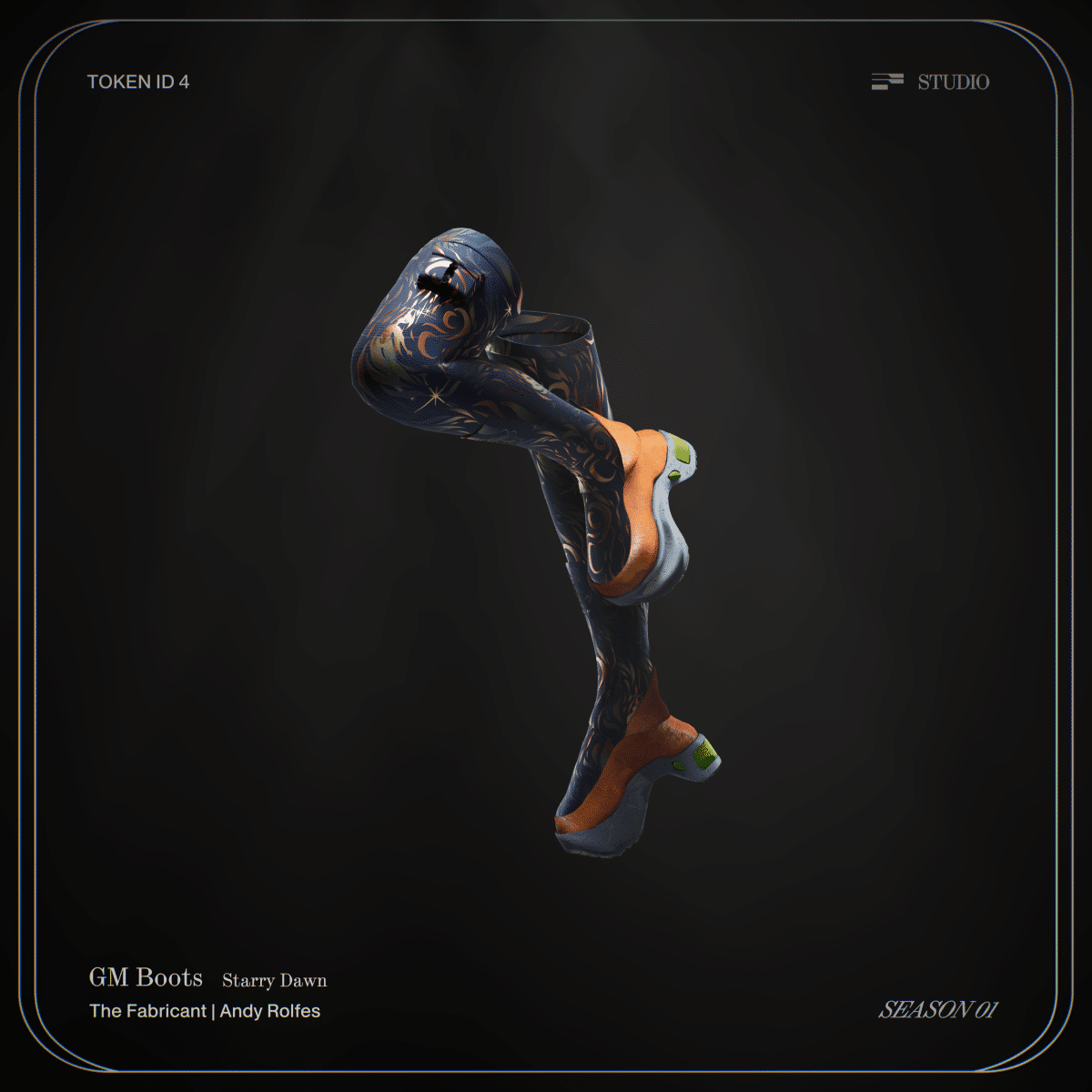
Navigating environmental concerns of NFTs
The environmental impact of NFTs is a growing concern in the industry. Many consider the carbon footprint of NFTs as one of the main constraints to their mainstream adoption. But, what many fail to recognise is that NFTs’ energy consumption is more a function of the blockchain technology behind the assets than the NFTs themselves.
The Ethereum network, which is home to the majority of NFTs, uses the Proof Of Work (PoW) model to confirm transactions on the blockchain. As PoW is a highly energy-intensive model, Ethereum’s annual energy consumption is as high as 112.32 TWh. On the other hand, several other blockchains use the Proof of Stake (PoS) consensus, which is known for its low energy consumption.
As a brand for which sustainability is one of the “central pillars”, it was crucial for The Fabricant to build on a PoS blockchain, said Larosse. Thus, the company chose the PoS blockchain Flow to build the platform. Reportedly, minting an NFT on the network takes less energy than a Google search. Moreover, Flow is developed by CryptoKitties founder, Dapper Labs—one of The Fabricant’s long-term collaborators.
“It was important for us to be able to absolutely nail this conversation around sustainability…Be able to say from a completely authentic position—‘yes, you can come into our platform, and you can create NFTs…We’re using the most sustainable method for NFT creation right now’,” Larosse added.
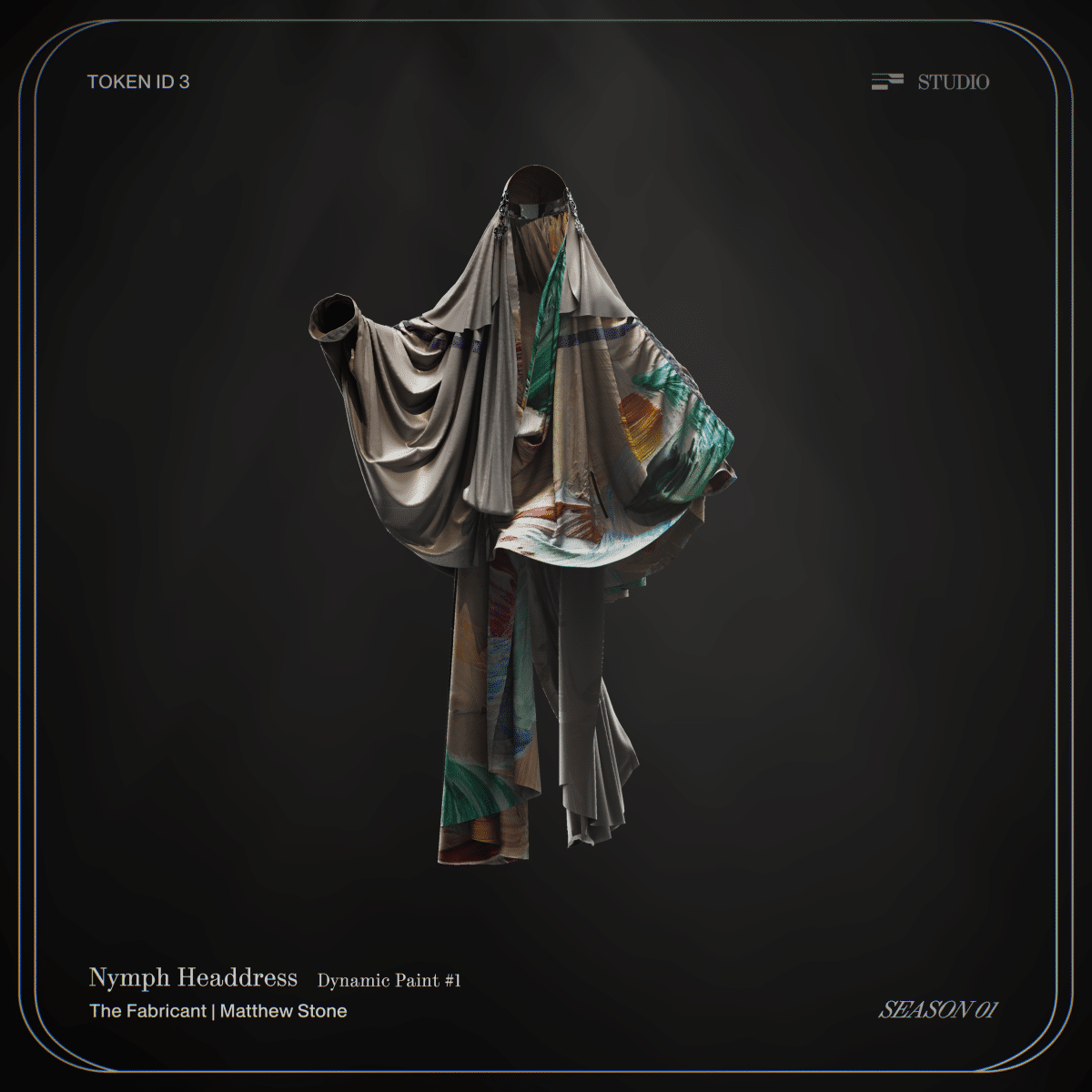
Anyone can become a digital fashion designer with The Fabricant Studio
Along with creating a sustainable future for fashion, The Fabricant’s vision extends to building a decentralized, equitable fashion world. According to the company, the fashion industry needs to remove the “historic gatekeepers”, who have created a “velvet-roped” world.
In fact, The Fabricant’s manifesto reads: “In this digital future, a kid in Dakar stands as much chance as a kid in Paris of becoming an influential fashion force”.
Thus, with a vision to democratise fashion and let anyone become a digital fashion designer, The Fabricant recently launched a digital design studio. Essentially, the platform provides creators with the necessary tools to become digital fashion designers, Larosse said.
During the invite-only events called Seasons, a curated group of brands and designers drop 3D garments and specially-created digital fabrics. A select group of creators can then customize these garments as they please to create final pieces. Then, they can mint the piece as an NFT to wear or trade. Moreover, all the co-creators receive an equal part of the royalties.
“It incentivizes creative participation in a way that allows everybody to benefit economically,” Larosse added. “It’s really thinking about a new fashion system in terms of passivity, equitability, and building a completely new fashion economy. Ultimately, building the wardrobe of the metaverse where we’re allowed to play with all these ideas and express ourselves.”
Season 1 is now live on the platform, featuring 12 garments and 14 materials. Some of the garment designers include Scarlett Yang, Stephy Fung, and The Fabricant team themselves. On the other hand, Matthew Stone, Andy Rolfes, Sian Fan, and Hadee Art are some of this Season’s material designers. So far, users have minted 2699 NFTs on the platform. What’s more, The Fabricant is hosting the Season 1 Fashion Show during the Decentraland Metaverse Fashion Week.
What’s next on the roadmap?
For The Fabricant Studio, Season 2 is already in the pipeline. One of the confirmed creators includes 3D digital fashion artist, Stephy Fung who is famous for reimagining traditional Chinese garments. For Season 2, she will be dropping the ‘Zodiac wardrobe collection’, taking inspiration from the animals of the Chinese Zodiac. Moreover, the Studio is also collaborating with hit collectibles, World of Women for the upcoming Season.
Going forward, the Studio plans to create an open ecosystem where all creators and designers can open their shops and curate independent labels and events. Eventually, the fashion house aims to turn the Studio into a fashion metaverse, where all co-creators can together build the largest metaverse wardrobe.
“The great part about digital fashion is it’s this vast, really endless palette of creativity that you can draw on,” Larosse said. “There are so many different ways that you can be playful in this environment. And we’re only just beginning to get there.”
*Quotes have been condensed and edited for clarity
Are you tired of missing important NFT drops?
Just check out our NFT Calendar!
Receive the biggest NFT news of the day & recommendations in our Daily newsletter.
All investment/financial opinions expressed by NFTevening.com are not recommendations.
This article is educational material.
As always, make your own research prior to making any kind of investment.


